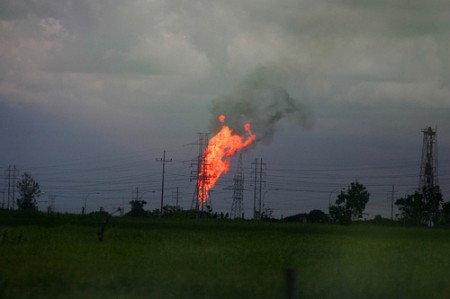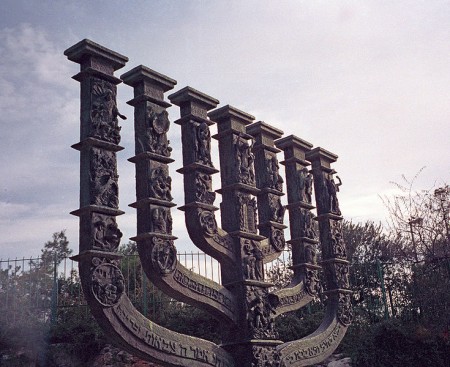
“Peru provides a dramatic example of a growing trend across Latin America where indigenous groups are challenging governments’ economic development programs by raising their voices against extractive industries,” Patricia Vasquez argues in USIP Peace Brief 19.
Across Latin America, economic growth is happening at a steady clip. Similar to many countries in Africa, sustained growth is spurred by a demand for commodities – think oil, iron, ore, copper, gas, etc. – needed to feed burgeoning economies, especially those in Asia. Indeed, such growth is counter to the trends happening in other parts of the globe where countries, in particular the United States and members of the EU, continue to grapple with economic contraction that has brought about hard policy decisions in the form of bailouts, stimulus packages, and cuts to social programs. In fact, a recent article in the New York Times noted how this trend has not only surprised analysts but also “surpassed the expectations of many [Latin American] governments themselves.”
Narrowing the focus to Peru, the country I am currently traveling through, the growth is palatable. Though great economic disparities exist and poverty is pronounced one can’t help but feel a buzz in the air – one aided and sustained by the development of Peru’s hydrocarbon areas and plans for expansion in the oil and natural gas sector (ONG). In 2009, as Peru’s GDP experienced over five percent growth, multinational oil and gas companies poured $800 million into the economy – making up for 50 percent of the nations tax revenues. A viable future in liquefied natural gas (LNG) production ensures that another $1 billion will be invested in the next few years.



